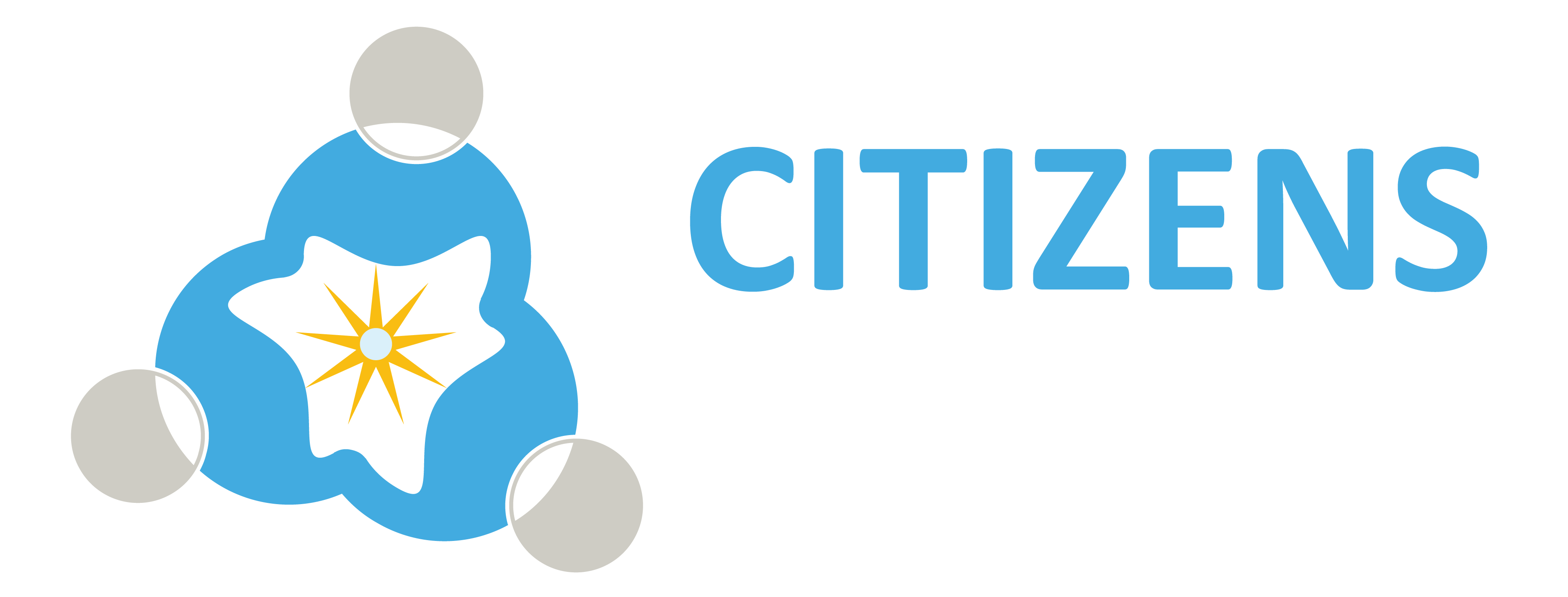KA2 – Cooperation for innovation and the exchange of good practices
Recent PISA studies (2018) have shown that our education system is still insufficient in the STEAM field. The results are: 22.4% of European students are low achievers in maths and 21.6% are low achievers in Science. One out of five youngsters in Europe are not equipped with that basic skill necessary for numerous valuable jobs in our current economy. The problem of low STEAM achievement level is still of critical and transnational importance.
These results are an incentive to find alternative solutions and support systems in order to improve our education system in those fields. One of the main reasons why Mathematics and Science are not doing well in the academic area is because of the lack of contextualisation of the theory. Underachievement in STEM generally occurs in secondary school when we go from contextualised mathematics to abstract mathematics. The students are unable to link what they learn in their lessons with a concrete life situation. A more hands-on approach to STEAM, that goes from a concrete life situation to solve, to discovering the theory through it, may motivate the students more and interest them in pursuing STEAM careers in the future.
This is how we came to design STEAMbuilders. The objective is to introduce pupils to STEAM (Science, Technology, Engineering, Art and Mathematics) through the manipulation and reproduction of historical techniques and heritage with the help of makerspaces’ technology for materials. The approach is hands-on and has the benefit of promoting History and Cultural Heritage while also interesting pupils into current school materials. We intend to make sure to make the learning process inclusive for all.
The end targets are STEAM pupils of course, aged 10 to 15, from all backgrounds and skills, as well as teachers, educators and education professionals as a whole. We aim to provide them with the tools, pedagogy and theory to implement this innovative, cross-curricular approach to STEAM through the manipulation and recreation of historical techniques and heritage.
At least 350 learners will be attending the test phase of the materials, blueprints and manipulations, as well as the pedagogical sequences produced within the scope of the project, with at least 20 teachers involved. Their feedback will be compiled, and the results will be available in the form of a booklet.
At the end of the project, teachers and education professionals will have full access to:
- A Pedagogical guide on STEAM through History,
- A booklet on formal and non-formal approach to STEAM,
- 35 manipulations and their Blueprints,
- The corresponding pedagogical sequences,
- A Good practices and implementation booklet.
Our goals are for the project to strengthen the profile of teaching professions by enhancing the teacher’s initial education and continuous professional development through the promotion of competence-oriented teaching and learning. But also, to increase the levels of pupils’ achievement and interest in science, technology, engineering, and Mathematics (STEM) by using the STE(A)M approach with a cross-curricular angle with History and Humanities.
This project will be developed with the inclusion of children in need of special support in mind, such as children with SLD, from disadvantaged socio-economic background, from a migrant background, or girls, in order to develop high quality school education.
This project will raise awareness of the importance of Europe’s cultural heritage through education, lifelong learning, informal and non-formal learning. The intercultural approach to heritage with STEAM will foster the intercultural dialogue between teachers and pupils.
We intend to have at least 1000 users of more than 315 Open educational resources on the website. We aim to reach more than 700 educational institutions, professionals or groups contacted and more than 10.000 people reached through the dissemination campaign.
All the pedagogical materials developed during the project will be hosted on a website during 6 years after the end of the project and available as OER under the creative commons’ licence. These resources will be available in 6 languages; French, Spanish, Greek, Danish, Slovenian, and English, which will allow for those materials to be used outside the countries of the partnership.
The partnership will be composed of 7 different European organizations from 7 countries: France, Cyprus, Spain, Belgium, Denmark, Slovenia and Greece who will collaborate for two years to develop STEAMbuilders.
By creating a set of innovative cross-curriculum pedagogical materials and method, we intend to contribute to promoting innovative pedagogical methods and to stick to the objective of reducing the number of low achievers in STEM under 15%.
Project Duration: 01/12/2020 – 30/11/2022
Website: www.steambuilders.eu

The European Commission support for the production of this publication does not constitute an endorsement of the contents which reflects the views only of the authors, and the Commission cannot be held responsible for any use which may be made of the information contained therein.
